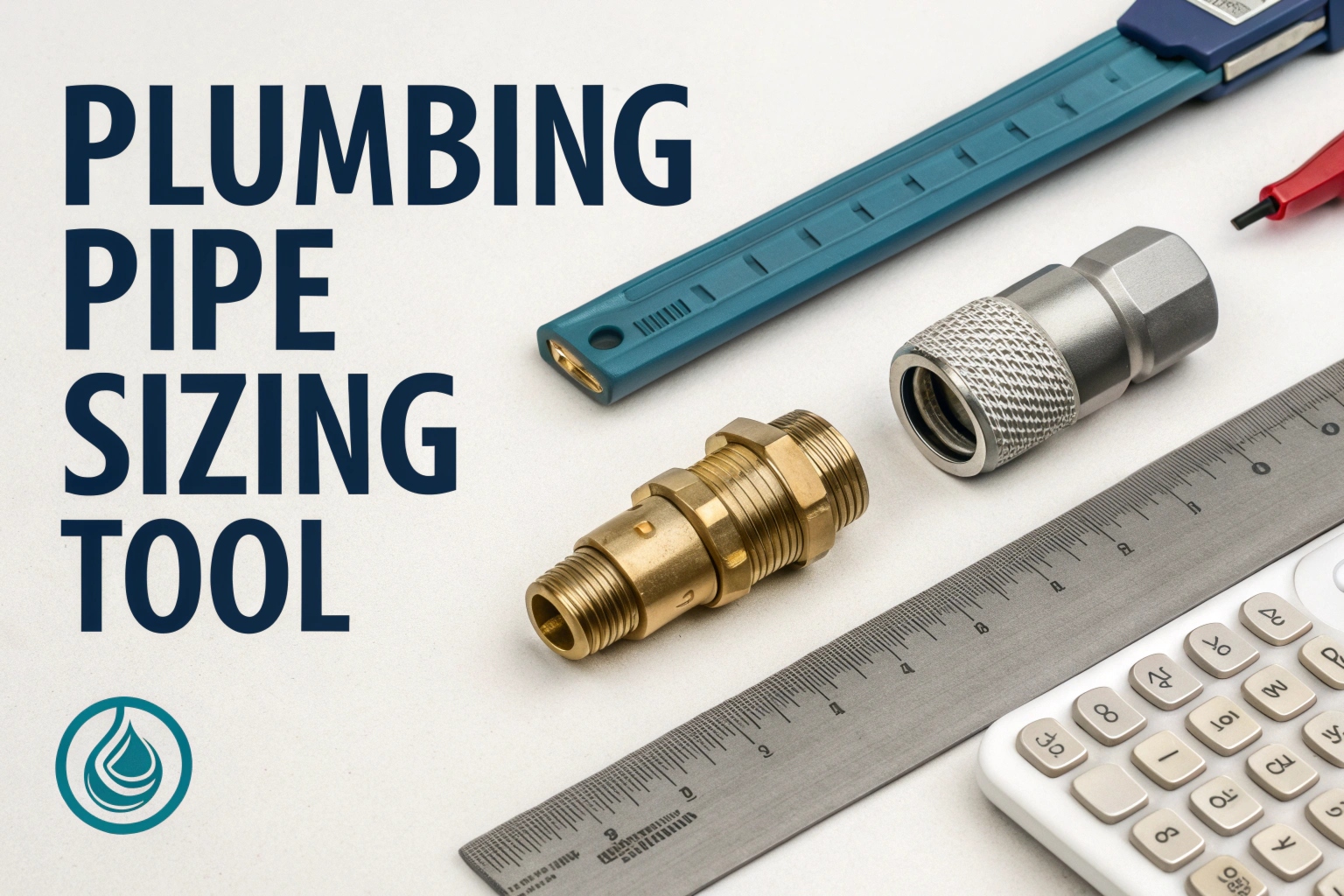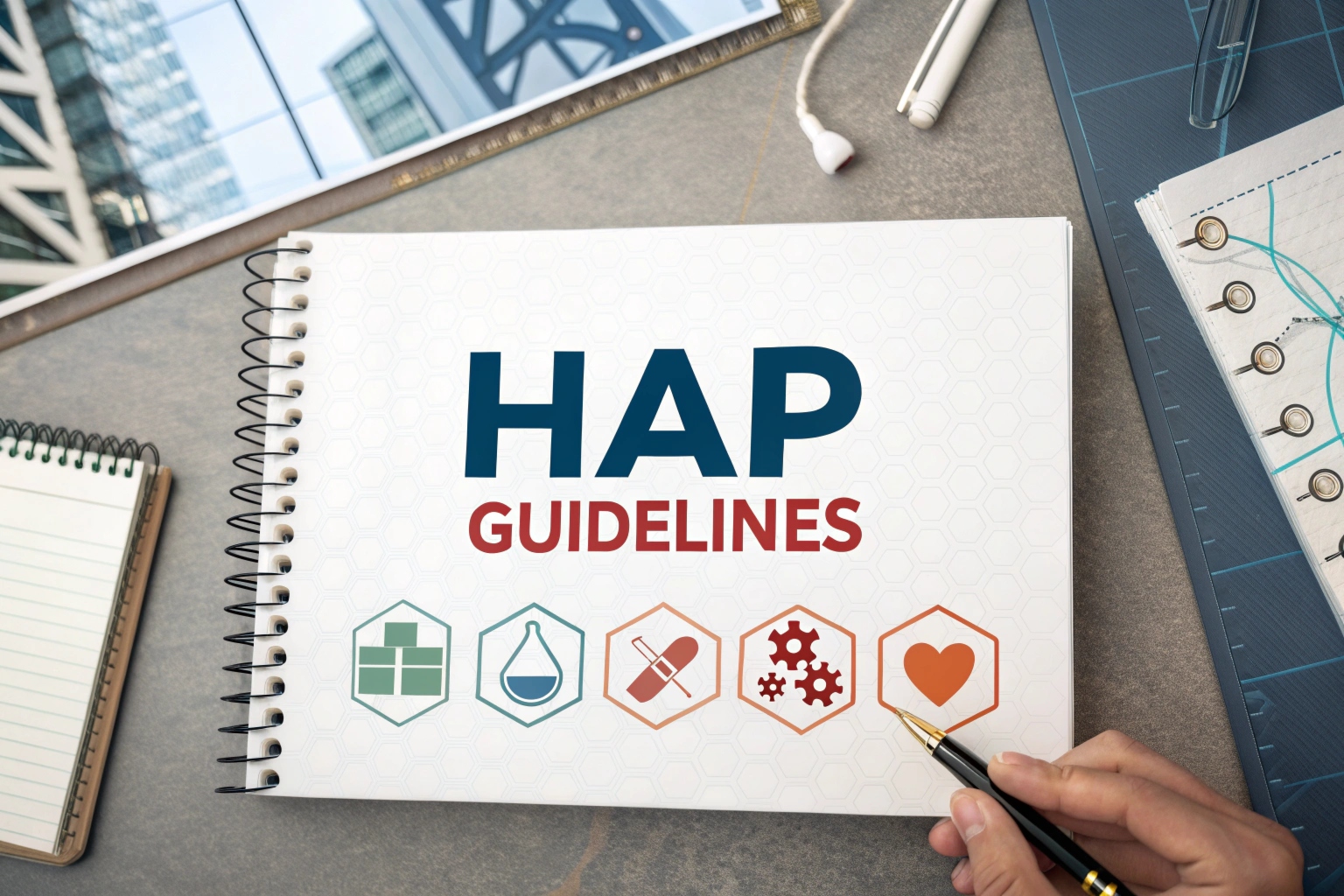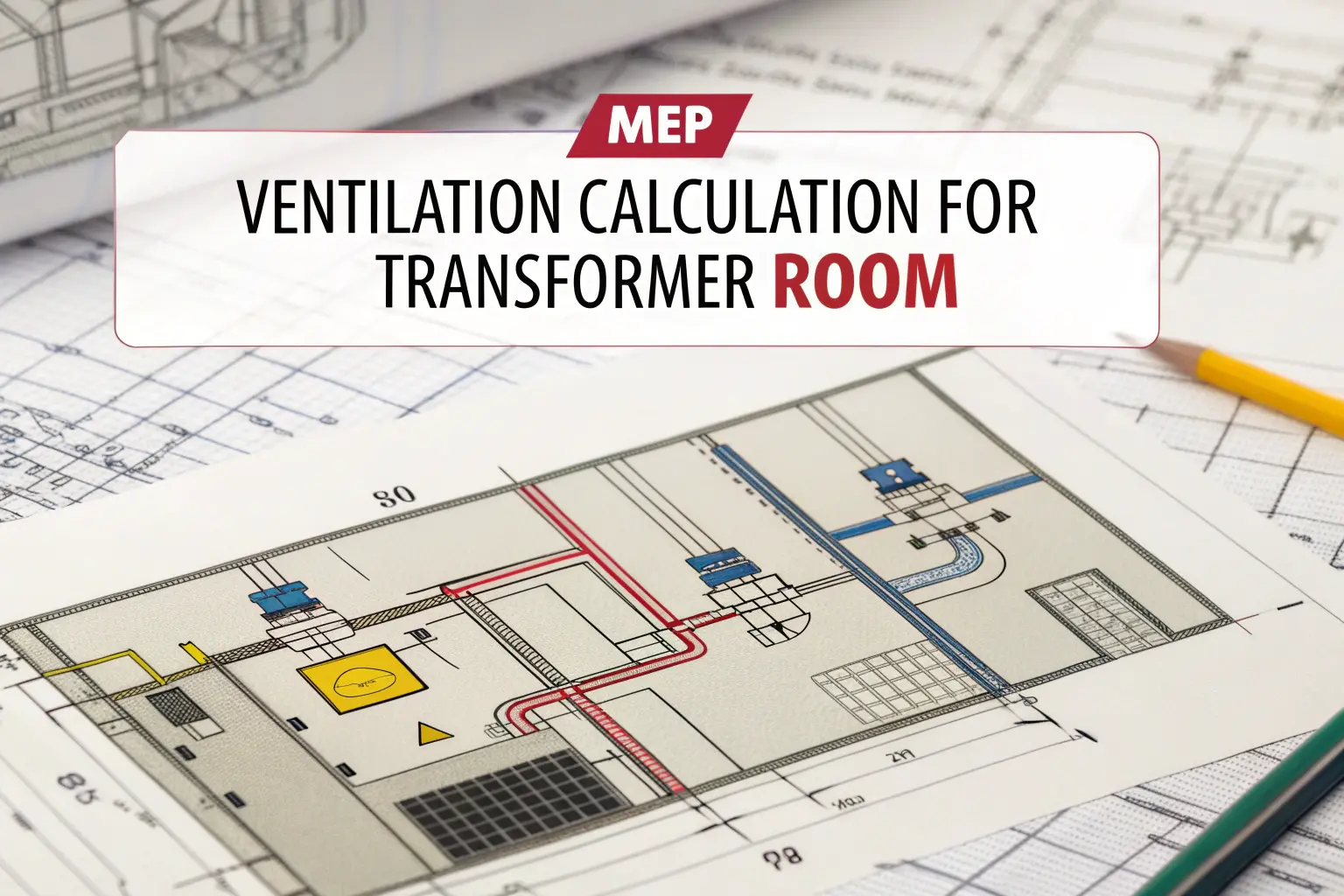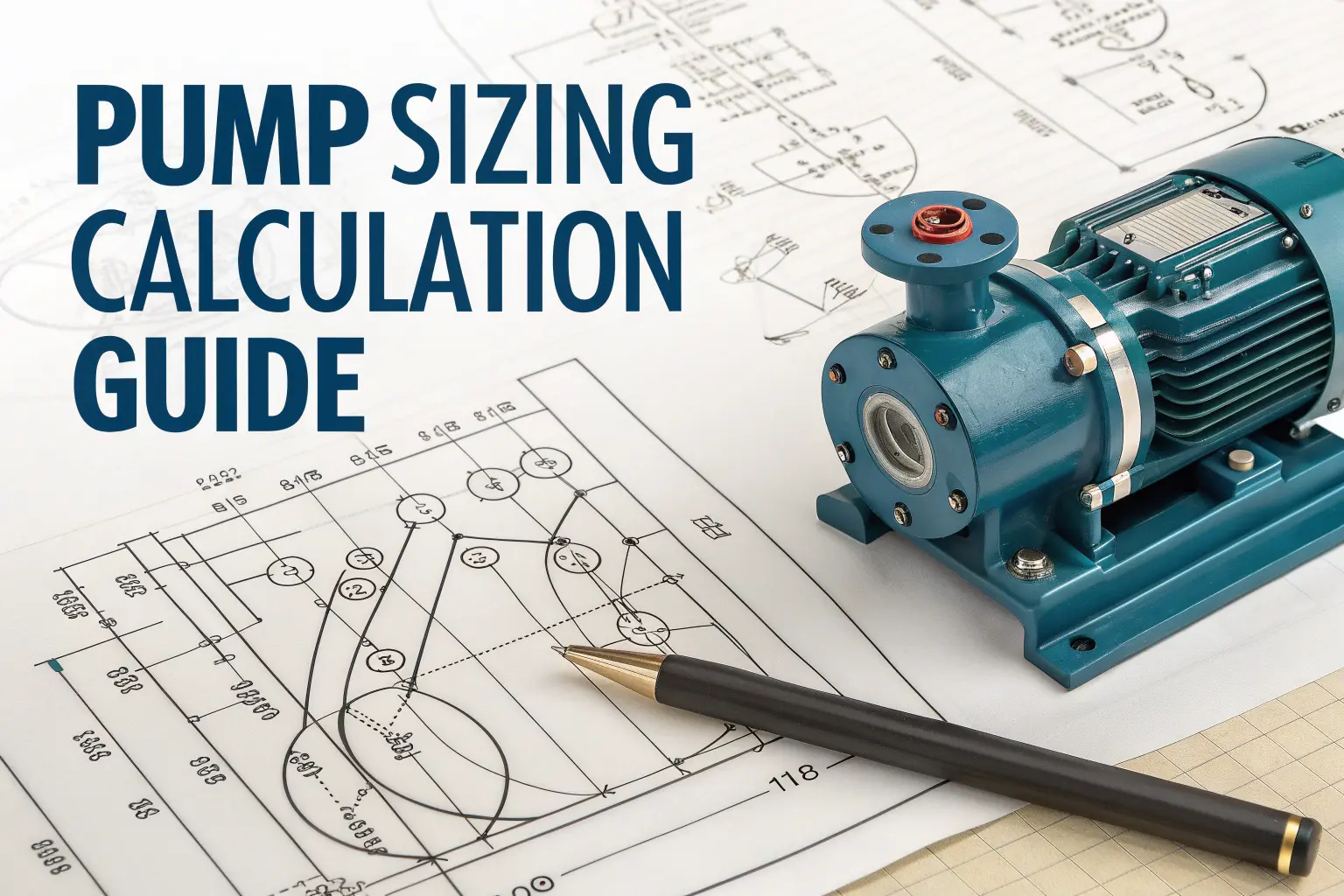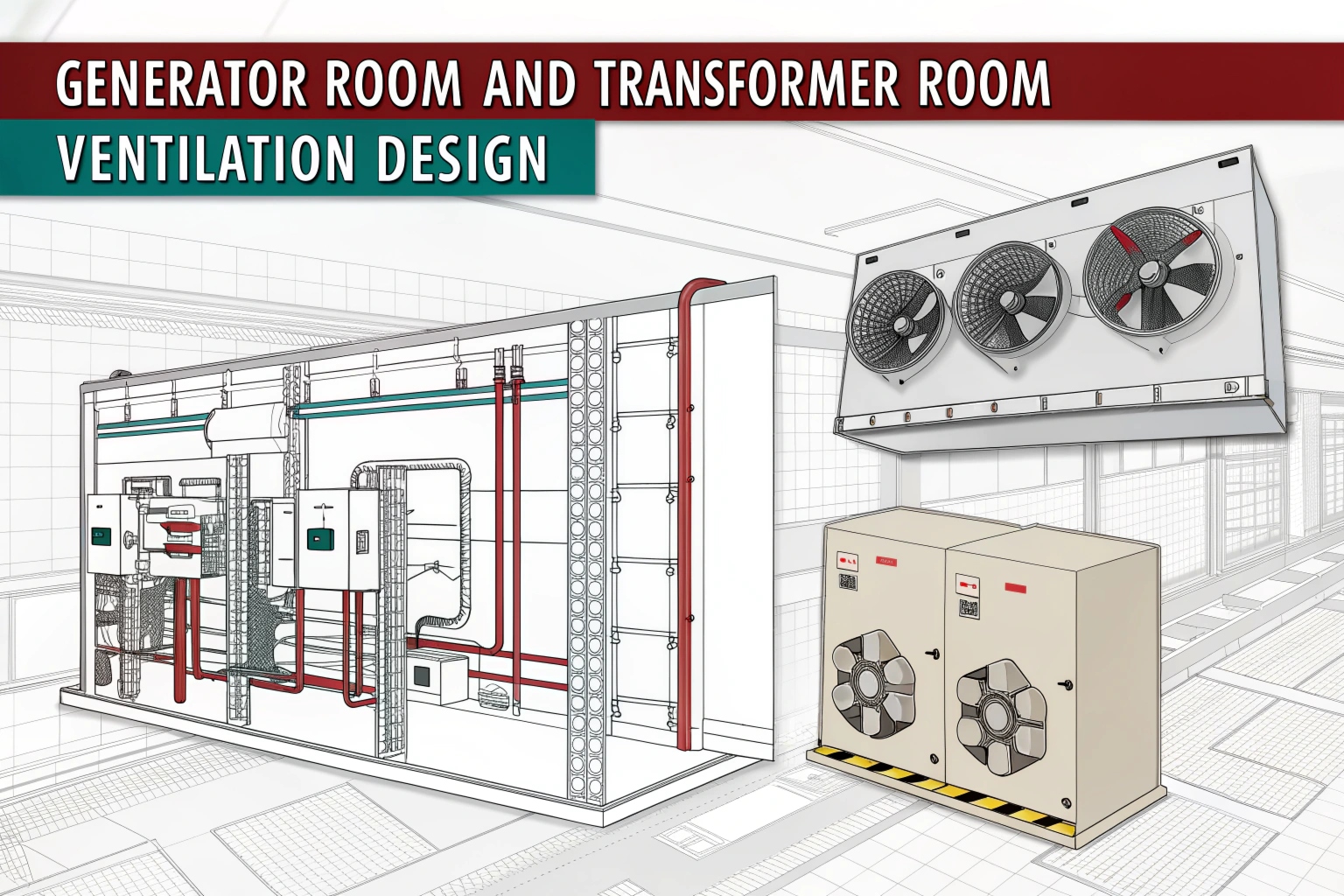Reference of Voltages: In power systems, we must choose clear voltage references. We refer phase voltages to ground in grounded systems. Meanwhile, we refer positive and negative sequence voltages to neutral. Therefore, voltage‑to‑neutral and voltage‑to‑ground terms act interchangeably for positive and negative sequences. However, zero sequence requires careful distinction. Thus, proper referencing ensures accurate fault analysis.
Phase and Sequence Voltage Definitions
Phase voltage is technique which is used to get voltage from each phase to some point we take as reference. in some systems they use ground as reference point. Sequence voltages is used to make unbalanced things into 3 balanced sets. Positive sequence voltage is like balanced rotation in forward direction. Negative sequence voltage is like balanced rotation in reverse direction. Zero sequence voltage is like when all things are in same phase. we need to differentiate between ground and neutral only in zero sequence voltage. this thing is very important for calculating faults and all.
Unknown Quantities and Equations
A symmetrical three‑phase system under fault has six unknowns. These include phase voltages Va, Vb, Vc, and phase currents Ia, Ib, Ic. To solve for these, we need six independent equations. We derive three from boundary conditions at the fault point. We derive three more from network relations. Alternatively, we can express voltages and currents in terms of six symmetrical components. These are Va0, Va1, Va2, Ia0, Ia1, and Ia2. Thus, we transform the six unknown phase quantities into six sequence components.
Boundary Conditions in Fault Analysis
Boundary conditions provide the first three equations. For example, if conductor a faults to ground, its voltage at the fault point is zero (Va = 0). Similarly, other conditions may fix currents or voltages. We apply these directly to phase quantities or to sequence components via transformation equations. In zero sequence, we must use voltage‑to‑ground rather than voltage‑to‑neutral for boundary conditions. This step ensures correct modeling of earth return currents in ground faults.

Sequence Networks and Additional Equations
Next, we need three more equations from sequence networks. Each sequence network is a balanced network with its own impedance. Positive sequence network uses forward sequence impedance. Negative sequence network uses same magnitude impedance but rotates reverse. Zero sequence network uses earth return impedance. We connect these networks according to fault type. For single line‑to‑ground fault, we interconnect all three sequence networks in series. we make equation for loop of current when fault come. we get other three equation from this.
Advantages of Symmetrical Components Method
Using symmetrical components simplifies fault analysis. First, we convert unbalanced conditions into balanced networks. Then, we apply network theorems to each sequence separately. This separation lets us calculate sequence impedances by test or computation. Sequence impedance is technique which is used to get actual impedance of network. it don’t match with phase to phase independence most of the time. sequence impedance shows real path of network so we get more accurate result. also sequence diagram is used to visualize faulted condition in very clear way.
Practical Steps for Reference Voltages
- Identify system grounding. Confirm if neutral is solidly grounded.
- Choose references. Refer phase voltages to ground. Refer positive/negative sequences to neutral. Use ground reference for zero sequence.
- Write boundary conditions. Express known voltages or currents at the fault in phase or sequence form.
- Assemble sequence networks. Draw positive, negative, and zero sequence circuits with their impedances.
- Interconnect networks. Follow the fault type connection rules (series for single line‑to‑ground, parallel for line‑to‑line faults).
- Solve equations. Use six linear equations to find sequence currents and voltages.
- Reconstruct phase quantities. Transform sequence results back to phase voltages and currents via inverse transformation.
Reference of Voltages: : Referencing voltage is technique which is used to by engineers to analyze sequence component in grounded system. they obtains voltage using multiple techniques one of the most common technique is phase voltage refering to ground and sequence voltage. they Use their equation to make calculation on the system like fault current and voltage. this is very useful method all over the world and still its very important. we get six equation from boundry condition and sequence network relation this make it clear about fault current and voltage it also give us practical advantage over direct phase quantity solution.
Reference of Voltages: FAQs
1. Why do we refer phase voltages to ground?
In grounded systems, ground offers a stable, known reference. This ensures consistent measurement and simplifies equations.
2. Can we use voltage‑to‑neutral for zero sequence?
No. Zero sequence involves earth return currents. Therefore, we must use voltage‑to‑ground references for zero sequence.
3. How many unknowns appear in 3‑phase fault analysis?
Six. We have three phase voltages (Va, Vb, Vc) and three phase currents (Ia, Ib, Ic).
4. What are the three sequence networks?
Positive, negative, and zero sequence networks. Each uses its own balanced impedance.
5. How do boundary conditions contribute to fault analysis?
They fix known voltages or currents at the fault point. This yields three of the six required equations.
6. What is the main benefit of symmetrical components?
They transform unbalanced faults into balanced networks. This simplifies calculations and improves accuracy.



